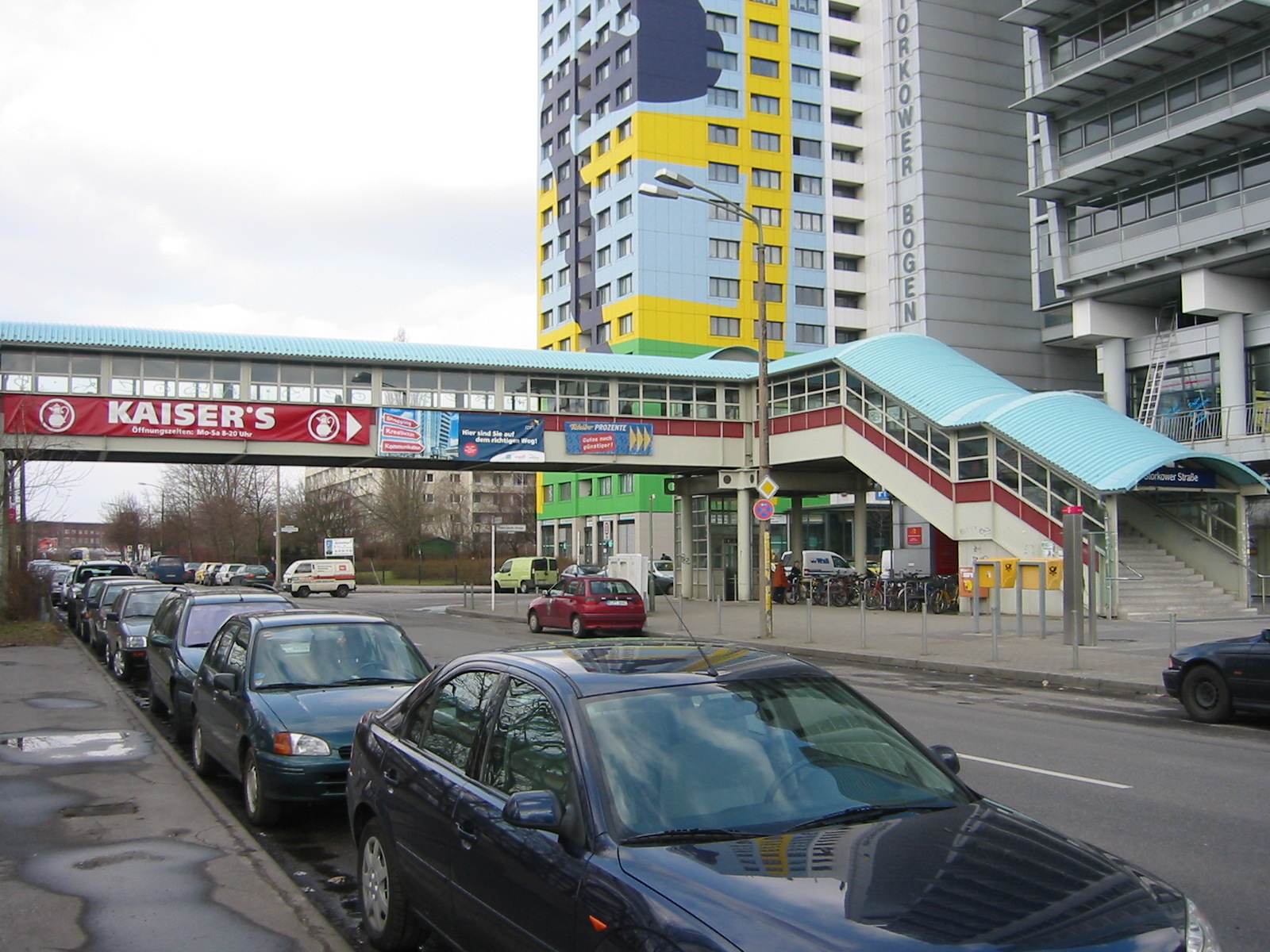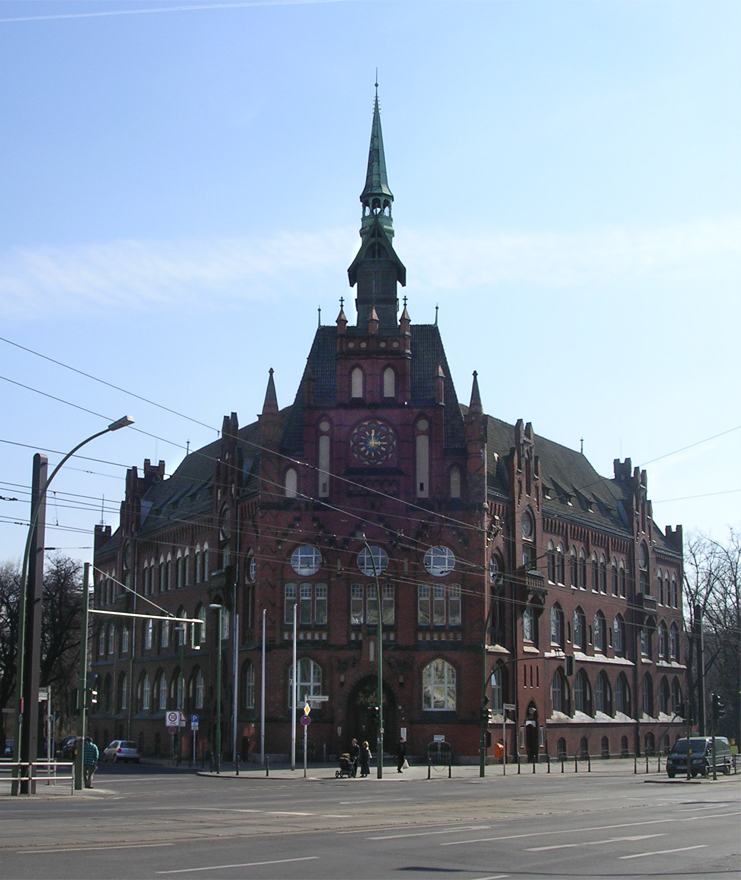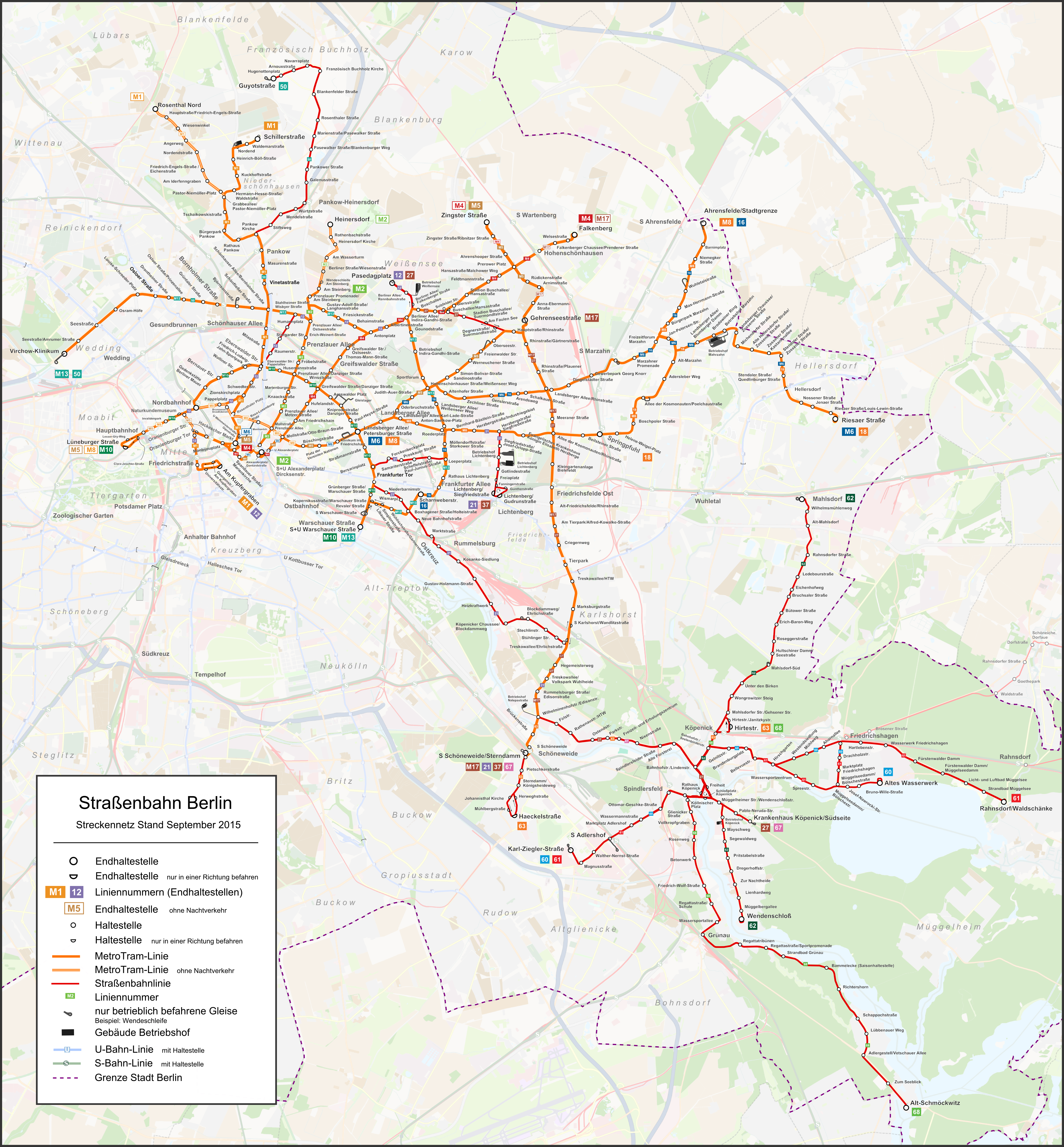|
Fennpfuhl
Fennpfuhl () is a German locality (''Ortsteil'') in the borough (''Bezirk'') of Lichtenberg, Berlin. With a population of 30,932 (2008) in an area of , it is the second most densely populated locality in Berlin (14,591/km²) after Friedenau. History In April 1961, the land development of the area, called Lichtenberg (Nord) at that time, was begun, and planning was subdivided into three sections. The area to be built upon covered an area of . In the Erich-Kuttner-Straße on the edge of the area (section I), the first Plattenbau, one of the most commonly built type of residence in East Germany, was built. The building, which was built as an experimental sample, is under monument protection today. On December 2, 1972, construction of the quarter began, the plan being to develop an area for almost 50,000 inhabitants. Populated since the early 1970s, it was officially completed on May 12, 1986. [...More Info...] [...Related Items...] OR: [Wikipedia] [Google] [Baidu] |
Berlin Storkower Straße Station
Storkower Straße is a railway station in the Prenzlauer Berg locality of Berlin, close to the locality's border with Fennpfuhl. Located at the Ringbahn it is served by the S-Bahn lines , , and . History The station was opened in 1881 under the name of ''Zentralviehhof'', as the vast area south of the station then was the site of Berlin's central slaughterhouse A slaughterhouse, also called abattoir (), is a facility where animals are slaughtered to provide food. Slaughterhouses supply meat, which then becomes the responsibility of a packaging facility. Slaughterhouses that produce meat that is no ... that received animals by rail here. An over long pedestrian bridge (called the , i.e. "Long Misery") crossed the processing plant connecting the station with the Friedrichshain residential areas. The station was renamed in the 1970s, while in 1991 the slaughterhouse finally closed. The notorious bridge except for about above the tracks was demolished in 2002. The remain ... [...More Info...] [...Related Items...] OR: [Wikipedia] [Google] [Baidu] |
Lichtenberg (locality)
Lichtenberg () is a quarter (''Ortsteil'') of Berlin in the homonymous borough (''Bezirk'') of Lichtenberg. Until 2001 it was an autonomous district with the localities of Fennpfuhl, Rummelsburg, Friedrichsfelde and Karlshorst. History The historic village of Lichtenberg, today also called ''Alt-Lichtenberg'', was founded about 1230, due to the German colonization of the territory of Barnim. The settlement around the fieldstone church was first mentioned in a 1288 deed, its estates were acquired by the neighbouring City of Berlin in 1391. ''Alt-Lichtenberg'' suffered severely during the Thirty Years' War and remained a small village at the Berlin gates until in the late 18th century Prussian noblemen like general Wichard Joachim Heinrich von Möllendorf built their residences here. In 1815 the Lichtenberg estate became a property of the Prussian chancellor Karl August von Hardenberg. The village came to be a residential area and a suburb of Berlin from the mid 19th century on ... [...More Info...] [...Related Items...] OR: [Wikipedia] [Google] [Baidu] |
Localities Of Berlin
Berlin is both a city and one of Germany’s federated states (city state). Since the 2001 administrative reform, it has been made up of twelve districts (german: Bezirke, ), each with its own administrative body. However, unlike the municipalities and counties of other German states, the Berlin districts are not territorial corporations of public law () with autonomous competencies and property, but simple administrative agencies of Berlin's state and city government, the City of Berlin forming a single municipality () since the Greater Berlin Act of 1920. Thus they cannot be equated to US or UK boroughs in the traditional meaning of the term. Each district possesses a district representatives' assembly () directly elected by proportional representation and an administrative body called district board (). The district board, comprising since October 2021 six (until then five) members - a district mayor () as head and five (earlier four) district councillors () - is elected by th ... [...More Info...] [...Related Items...] OR: [Wikipedia] [Google] [Baidu] |
Boroughs And Localities Of Berlin
Berlin is both a city and one of Germany’s federated states (city state). Since the 2001 administrative reform, it has been made up of twelve districts (german: Bezirke, ), each with its own administrative body. However, unlike the municipalities and counties of other German states, the Berlin districts are not territorial corporations of public law () with autonomous competencies and property, but simple administrative agencies of Berlin's state and city government, the City of Berlin forming a single municipality () since the Greater Berlin Act of 1920. Thus they cannot be equated to US or UK boroughs in the traditional meaning of the term. Each district possesses a district representatives' assembly () directly elected by proportional representation and an administrative body called district board (). The district board, comprising since October 2021 six (until then five) members - a district mayor () as head and five (earlier four) district councillors () - is elected by th ... [...More Info...] [...Related Items...] OR: [Wikipedia] [Google] [Baidu] |
Lichtenberg
Lichtenberg () is the eleventh borough of Berlin, Germany. In Berlin's 2001 administrative reform it absorbed the former borough of Hohenschönhausen. Overview The district contains the Tierpark Berlin in Friedrichsfelde, the larger of Berlin's two zoological gardens. During the period of Berlin's partition between West and East, Lichtenberg was the location of the headquarters of the Stasi, the East German state security service. Prior to the establishment of the GDR it housed the main office of the Soviet Military Administration in Berlin, and before that it was an officers' mess of the Wehrmacht. The complex is now the location of the Stasi Museum. The Berlin-Hohenschönhausen Memorial is on the site of the main remand prison of the Stasi. Additionally, Lichtenberg is the location of the German-Russian Museum, the historical venue of the unconditional surrender of the German armed forces (Wehrmacht) on 8 May 1945. Subdivision Lichtenberg is divided into 10 localities: ... [...More Info...] [...Related Items...] OR: [Wikipedia] [Google] [Baidu] |
Berlin Landsberger Allee Station
Landsberger Allee is a railway station in the Prenzlauer Berg district of Berlin, close to the district's border with Fennpfuhl. It is served by the S-Bahn The S-Bahn is the name of hybrid urban-suburban rail systems serving a metropolitan region in German-speaking countries. Some of the larger S-Bahn systems provide service similar to rapid transit systems, while smaller ones often resemble c ... lines , , and . Notable places nearby * Schwimm- und Sprunghalle im Europasportpark (SSE) * Velodrom References Railway stations in Berlin Berlin S-Bahn stations Buildings and structures in Pankow Railway stations in Germany opened in 1895 {{Berlin-railstation-stub ... [...More Info...] [...Related Items...] OR: [Wikipedia] [Google] [Baidu] |
Alt-Hohenschönhausen
Alt-Hohenschönhausen (, literally ''Old Hohenschönhausen'') is a quarter (''Ortsteil'') in the borough (''Bezirk'') of Lichtenberg, Berlin. Known also as Hohenschönhausen it was, until 2001, the main and the eponymous locality of the former Hohenschönhausen borough. In 2008 the population was in excess of 41,000. History Early history The earliest evidence of settlement in Alt-Hohenschönhausen are from the Bronze Age, and when the settlement history of the wider Berlin area is taken into consideration, there could have been settlements there since 10,000BC. Alt-Hohenschönhausen was first mentioned in 1230. In the initial centuries of the Common Era the area was mainly inhabited by the Sprevane and Hevelli tribes. By the 13th century the area had been colonised by Germans, particularly from the settlement of Schönhausen, during the eastward migration and settlement of Germans in the medieval period. By the 14th century, the prefix ''Hoh'' (high) was added to the name of the ... [...More Info...] [...Related Items...] OR: [Wikipedia] [Google] [Baidu] |
Sculpture
Sculpture is the branch of the visual arts that operates in three dimensions. Sculpture is the three-dimensional art work which is physically presented in the dimensions of height, width and depth. It is one of the plastic arts. Durable sculptural processes originally used carving (the removal of material) and modelling (the addition of material, as clay), in stone, metal, ceramic art, ceramics, wood and other materials but, since Modernism, there has been an almost complete freedom of materials and process. A wide variety of materials may be worked by removal such as carving, assembled by welding or modelling, or Molding (process), moulded or Casting, cast. Sculpture in stone survives far better than works of art in perishable materials, and often represents the majority of the surviving works (other than pottery) from ancient cultures, though conversely traditions of sculpture in wood may have vanished almost entirely. However, most ancient sculpture was brightly painted, ... [...More Info...] [...Related Items...] OR: [Wikipedia] [Google] [Baidu] |
Siegfried Krepp
Siegfried is a German-language male given name, composed from the Germanic elements ''sig'' "victory" and ''frithu'' "protection, peace". The German name has the Old Norse cognate ''Sigfriðr, Sigfrøðr'', which gives rise to Swedish ''Sigfrid'' (hypocorisms ''Sigge, Siffer''), Danish/Norwegian ''Sigfred''. In Norway, ''Sigfrid'' is given as a feminine name. official statistics at Statistisk Sentralbyrå, National statistics office of Norway, http://www.ssb.no; Statistiska Centralbyrån, National statistics office of Sweden, http://www.scb.se/ The name is medieval and was borne by the legendary dragon-slayer also known as . It did survive in marginal use into the modern period, but after 1876 it enjoyed renewed popularity ... [...More Info...] [...Related Items...] OR: [Wikipedia] [Google] [Baidu] |
Berlin Tram
The Berlin tramway (german: Straßenbahn Berlin) is the main tram system in Berlin, Germany. It is one of the oldest tram networks in the world having its origins in 1865 and is operated by (BVG), which was founded in 1929. It is notable for being the third-largest tram system in the world, after Melbourne and St. Petersburg. Berlin's tram system is made up of 22 lines that operate across a standard gauge network, with almost 800 stops and measuring almost in route length and in line length. Nine of the lines, called Metrotram, operate 24 hours a day and are identified with the letter "M" before their number; the other thirteen lines are regular city tram lines and are identified by just a line number. Most of the recent network is within the confines of the former East Berlin—tram lines within West Berlin having been replaced by buses during the division of Berlin. However the first extension into West Berlin opened in 1994 on today's M13. In the eastern vi ... [...More Info...] [...Related Items...] OR: [Wikipedia] [Google] [Baidu] |
S9 (Berlin)
S9 is a line on the Berlin S-Bahn. It operates from Flughafen BER-Terminals 1/2 to Spandau through Berlin Hauptbahnhof (Berlin Central Station) over: *a very short section of the Outer ring, opened in 1951 and electrified in 1983, *a short section of the former Outer freight ring opened in the early 1940s and electrified in 1983, *the Görlitz line, opened in 1866 and electrified in 1929, *the Ring line, completed in 1877 and electrified in 1926 and, via a connecting curve, *the Berlin–Wrocław railway, which at Berlin Ostbahnhof becomes *the Berlin Stadtbahn to Charlottenburg, *the Spandau Suburban Line The Spandau suburban railway (german: Spandauer Vorortbahn) is a suburban railway in Berlin. It is an extension of the Stadtbahn (city railway) from Westkreuz to Spandau. Its last kilometre runs parallel with the Lehrte and Hamburg lines. It .... References {{Public transport in Berlin Berlin S-Bahn lines ... [...More Info...] [...Related Items...] OR: [Wikipedia] [Google] [Baidu] |
S8 (Berlin)
S8 is a line on the Berlin S-Bahn. It operates from Wildau to Birkenwerder over: *the Görlitz line, opened in 1866 and electrified in 1929, *the Ring line, completed in 1877 and electrified in 1926, *the Outer ring, completed on 22 November 1952 and electrified for the S-Bahn in 1962, *and a short section of the Prussian Northern line, opened on 10 July 1877 and electrified on 8 August 1925. In popular culture An S8 train to Zeuthen appears in the opening frames of Pet Shop Boys' music video for the single ''Leaving'' from the album ''Elysium'' (2012). Gallery Bahnhof Berlin-Grünau S8 2006.jpg, S8 at Grünau Berlin - S-Bahnhof Plänterwald (7713983966).jpg, S8 at Plänterwald Db-s-bahn-berlin-s8-br-823635.jpg, S8 at Treptower Park Treptower Park (, with a silent ''w'') is a park alongside the river Spree in Alt-Treptow, in the district of Treptow-Köpenick, south of central Berlin. History It was the location of the Great Industrial Exposition of Berlin in 1896. It ... [...More Info...] [...Related Items...] OR: [Wikipedia] [Google] [Baidu] |






